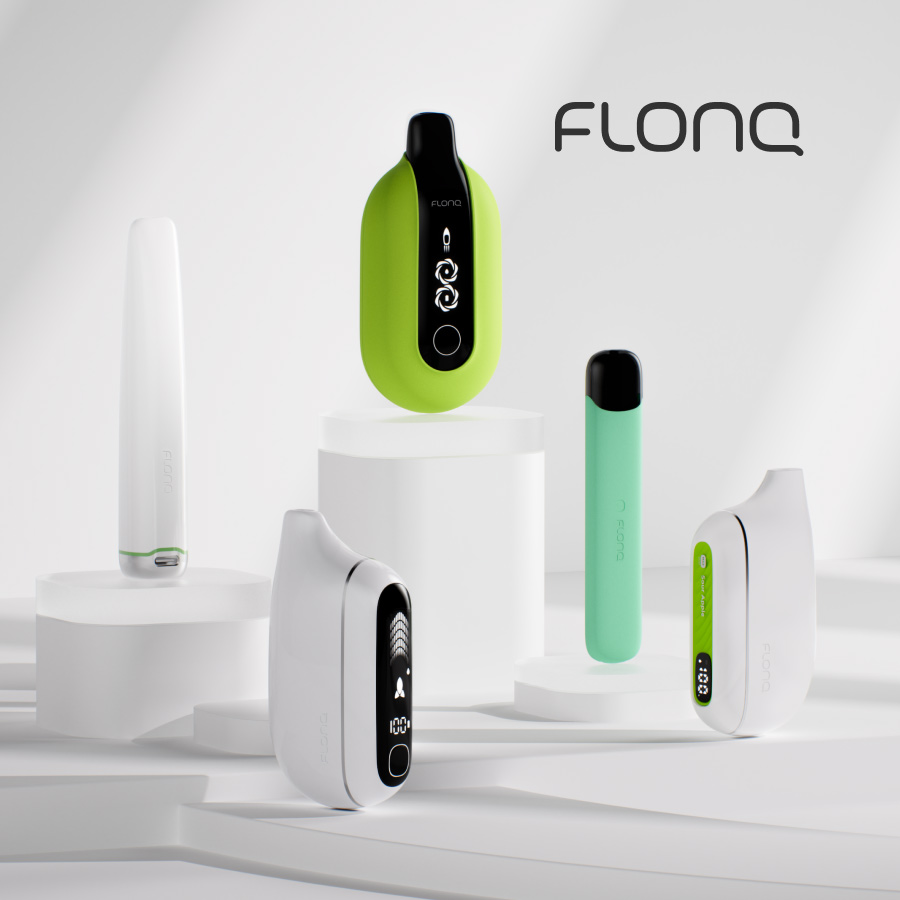Vapor’s Social Duty
- CSR News This Week
- April 27, 2020
- 8 minutes read

Auremar I Dreamstime.com

The vapor industry should take responsibility for the waste it generates.
By Michael McGrady
Regulators across the United States are moving to reduce the waste brought on by e-cigarettes and vaporizers. Joseph Hubbard, a spokesperson for the Environmental Protection Agency (EPA), one of the agencies overseeing hazardous waste disposal, says that there are specific criteria to dispose of product waste responsibly.
In the real world, ultimately, e-cigarette waste disposal is the obligation of the manufacturer. The U.S. Food and Drug Administration (FDA) even requires producers to conduct environmental impact studies as part of their premarket tobacco product applications before it allows vaporizers on the market. Hubbard notes that vapor products are likely to be subject to the same waste rules and guidelines in place for lithium-ion batteries in the retail environment.
“When lithium-ion batteries are removable from the e-cigarettes, [the] EPA recommends that the batteries be recycled or disposed of through special battery or electronic recycling disposal programs,” he says. Vaporizer batteries and electronic components should be left at legal receptacles.
The nicotine in the e-cigarette is more complicated. Hubbard recommends that companies use existing hazardous waste collection options, such as pharmaceutical take-back events or household hazardous waste collection. “If no take-back program is available for the nicotine pods or e-juice portion of the e-cigarette, [the] EPA recommends that this waste be mixed with an undesirable substance and placed in the household trash,” he says.
Vapor waste products are also subject to the Resource Conservation and Recovery Act (RCRA) hazardous waste regulations. The RCRA gives the EPA the ultimate authority to control hazardous waste “from the cradle to [the] grave.” This includes waste generated during manufacturing, transit, treatment, storage and disposal.
Additionally, e-cigarette hazardous waste is regulated by “who” is disposing of or recycling the product, according to Hubbard. “Any nonhousehold facility that generates hazardous waste, including retailers of e-cigarettes, is regulated under [the] RCRA,” he says.
At state and local levels, environmental regulators are also working to curtail vapor product waste. A recent Capitol News Illinois (CNI) article discussed the Illinois Environmental Protection Agency’s (IEPA) efforts to respond to what it characterizes as the next vaping crisis: toxic waste.
The idea for the policy investigation began when IEPA employee James Jennings decided to research the waste reduction and compliance policies related to e-cigarettes. “Even though [vaping] is advertised as a relatively innocuous alternative to smoking, there are hazardous waste, universal waste and plastics components of this that have real effects downstream,” Jennings states in his report. According to him, the problem requires the industry and authorities to reform their current waste management practices.
THE INDUSTRY’S ROLE
The vapor industry is keen to reduce its environmental impact. Many companies, including large tobacco firms that sell vapor products, have incorporated environmental protection into their corporate social responsibility programs. The world’s largest publicly traded tobacco firm, Philip Morris International (PMI), for instance, has stated it will comply with all recommended governmental and industrial standards.
For many years, PMI has been included on the Climate A-list, a ranking put together by CDP Worldwide that discloses the climate justice efforts of cities and corporations. Altria Group, British American Tobacco, Japan Tobacco and Imperial Brands are also listed on the Climate A-list.

Smaller companies are also doing their share. GreenSmartLiving, an e-cigarette distributor, for example, takes pride in standing for climate justice—and it does so without the billions of dollars that the larger firms have at their disposal. Based in Salt Lake City, Utah, GreenSmartLiving’s vaporizers and disposable pod products are all recyclable. The company also focuses on promoting smoke-free products and has an environmental business model. “We feel that we are at a crucial point regarding our environment,” says Randon Jorgensen, director of digital marketing for GreenSmartLiving.
According to its website, GreenSmartLiving’s corporate responsibility includes philanthropic endeavors such as donating to environmental charities. “We must look out for future generations so that they can experience and appreciate the same things [as] previous generations,” Jorgensen says. “Our goal has been to help in any way we can. GreenSmartLiving was developed to create quality alternatives for adult smokers while giving back to the planet and reducing waste.”
For every online purchase, GreenSmartLiving donates a tree to the Trees for the Future initiative. To date, the company has given more than 71,897 trees, according to Jorgensen. GreenSmartLiving also donates to other environmental nongovernmental organizations. Jorgensen says that the company provides its e-commerce customers a 20 percent discount on future orders if they send their used products back for proper disposal through the company’s waste reduction and recycling program.
“We offer recycling programs to our online consumers as well as our retail chains,” he says. “Over the past decade, we have recycled over 1 million cartridges. As a result, we potentially have helped remove over 24 million [cigarette] butts from the environment.”
A PRIVATE SECTOR SOLUTION?
GreenSmartLiving has challenged the environmental practices of other industry leaders, including the large vapor and traditional tobacco companies, according to Jorgensen. He says GreenSmartLiving stands out from the crowd with its unique approach to waste management. “We have never targeted children or nonsmokers; we simply want to offer another alternative to smoking and one that allows you to control your nicotine intake by giving options to work your way down to zero nicotine if you so choose,” Jorgensen says.
There are also companies outside the traditional vapor industry that want to help curb e-cigarette waste. TerraCycle, a waste and recycling management company in Trenton, New Jersey, for example, develops and sells an environmentally friendly electronic cigarette waste disposal box—the Zero Waste Box.
“We’ve seen a pronounced increase in sales for the electronic cigarette Zero Waste Box,” says Alex Payne, a TerraCycle publicist. “Considering vaporizers’ surge in popularity in the recent years, more and more consumers are beginning to become concerned with the waste produced by these devices, especially the all-in-one units that contain a battery and e-liquid that are disposed of after a single use.”
TerraCycle offers a convenient recycling program for nicotine vaporizers and components, according to Payne. If the vaping trend continues, he says, manufacturers and retailers should implement their own recycling solutions to meet the environmental challenge presented by vapor product waste.
